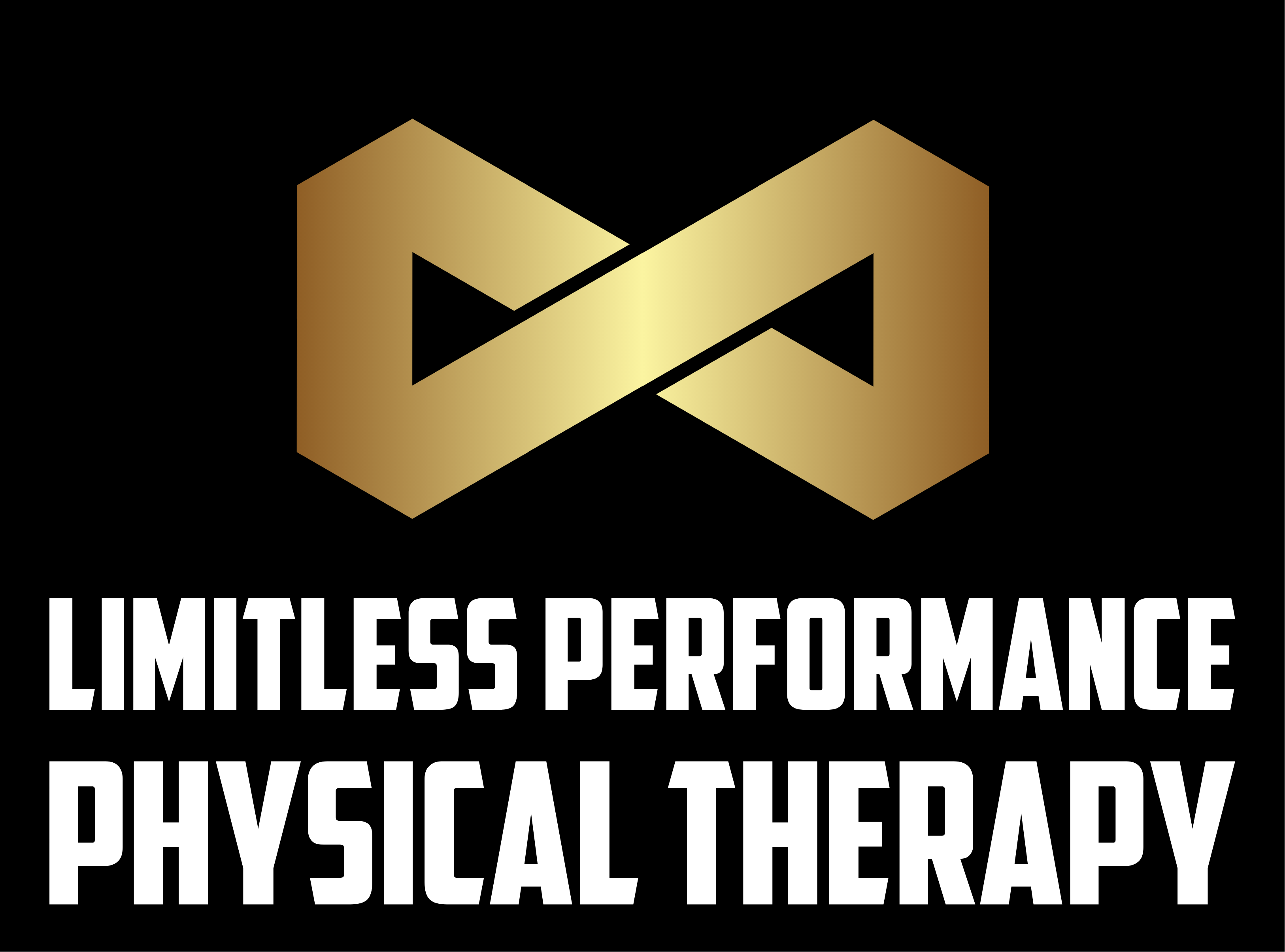Heel pain is reported to be the third most common running related injury. About 10% of runners will experience heel pain in their lifetime. All heel pain is not created equal though. There are other possible diagnoses of heel pain, but plantar fasciitis is the most common. Here are the major signs that your foot pain is plantar fasciitis and what to do to fix it.

Want to learn the best tips for staying pain free when running?
These are easy to implement right now to help you on your way to avoiding or relieving common running injuries.
Click the link to download this free guide that we put together for you!
Location of the Pain
The most common location of symptoms are on the inside edge of the heel, right at the base of the foot arch. Putting pressure at this location with your thumb can make you jump out of your seat. Keep in mind that if the pain is at another location it does not mean that it’s not plantar fasciitis.
First Steps
Pain upon the first steps taken in the morning is another hallmark sign of plantar fasciitis. Laying in bed all night causes the plantar fascia to tighten up. A few minutes of walking on it will bring blood flow and fluid to the area and loosen it up, so you should notice the pain reduce significantly. The same thing happens if you have pain when getting up after sitting for a long period of time.
When Running
On the same note as the previous sign, it will hurt worse at the beginning of the run, then ease after you’ve warmed up. It may return at the end of the run, depending on your mileage.
The Big Toe
Bend your big toes back towards the top of the foot. Does it feel tight or cause the pain you feel in the heel? Compare this to the opposite foot, especially if that foot is pain free.
Pulling the big toe back winds up the plantar fascia and stretches it. This actually happens when your foot is behind you in your stride (before it leaves the ground) or when doing lunges (the trail leg).
How to Fix Plantar Fasciitis
Heel pain can be very debilitating if not treated properly. Here is the focus of a physical therapy plan of care that will take care of heel pain and get you back to exercising pain free.
- Reducing calf tightness
- Strengthening the foot and calf muscles
- Improving core and hip stability
- Making changes to walking/running pattern
- Over-the-counter orthoses can help temporarily to provide pressure relief
Temporary rest may be needed if running or lifting weights increases symptoms. The biggest key is fixing the root cause of the problem to prevent it from coming back. This could be just reducing calf tightness or it could be making a change to walking or running patterns to reduce pressure on the heel or stress on the plantar fascia.
Plantar fasciitis is a treatable and preventable injury that responds well to physical therapy treatment. If you have been dealing with heel pain that prevents you from hitting PRs, then click the link below to request a Free Discovery Visit. We will sit down and get to the bottom of what is going on and tell you how we will help you fix it!

